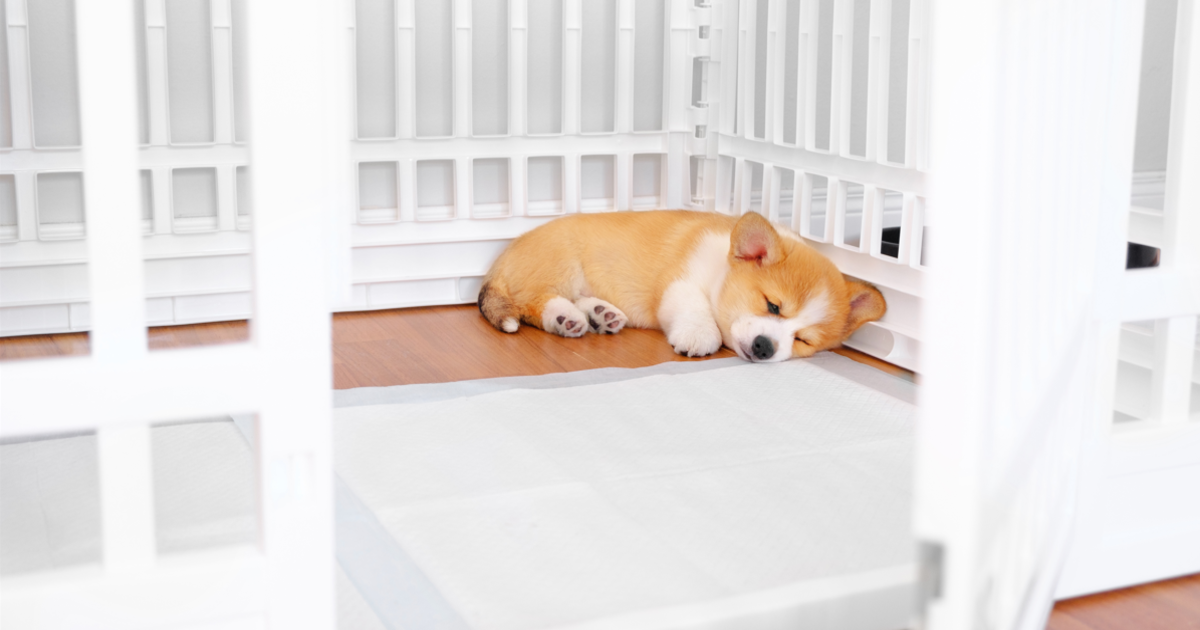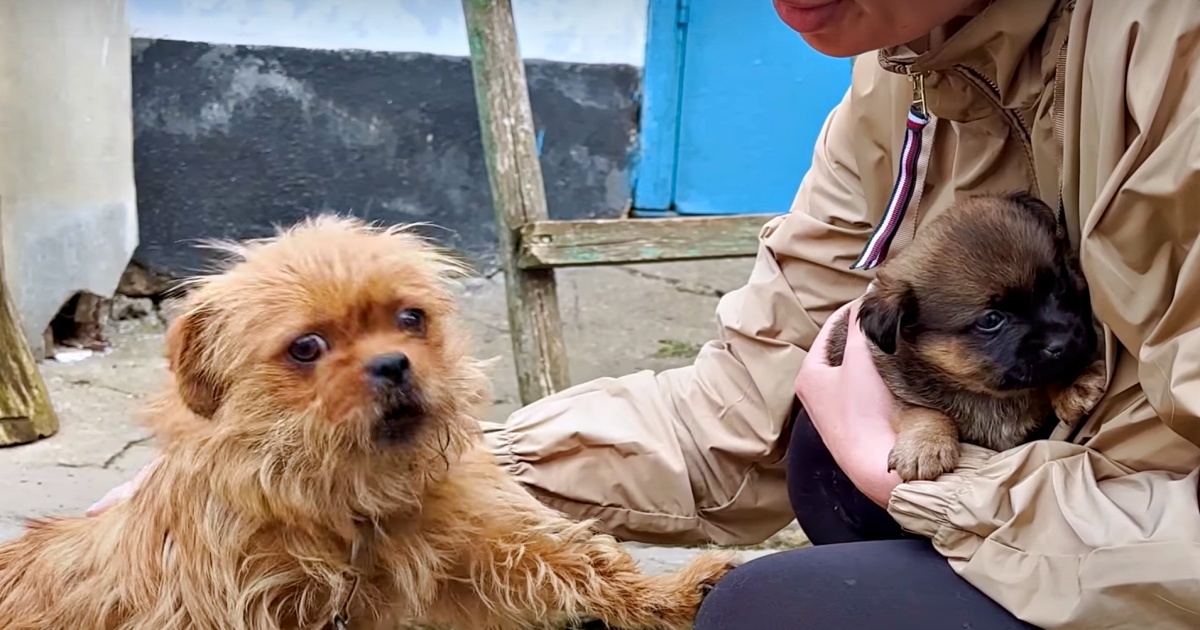WELL, IT’S NOT JUST PEOPLE WHO HAVE TO WORRY ABOUT THE COLD, SEVERE WINTER WEATHER CAN AFFECT ANIMALS LIKE THESE CUTE GUYS JUST THE SAME. KETV NEWSWATCH 7 IS KYLE LARSON MET WITH THE NEBRASKA HUMANE SOCIETY AND HAS MORE ON HOW TO PROTECT ANIMALS IN THIS WEATHER. PAM WEISE WITH THE NEBRASKA HUMANE SOCIETY HAS A MESSAGE FOR EVERY ONE, WHETHER YOU OWN A PET OR NOT. WHEN IT GETS TO BE BELOW ZERO, WE WANT TO GET THOSE GUYS INSIDE AWAY FROM THE WIND IN AN INSULATED AREA. WE SAYS THE COLD AFFECTS ANIMALS THE SAME WAY IT AFFECTS US. THREE THINGS ARE VITAL FOR THEIR SURVIVAL DURING THIS DANGEROUS COLD. HE NEEDS PLENTY OF FRESH WATER, PLENTY OF FRESH FOOD AND SOME TYPE OF SHELTER THAT IS AWAY FROM THE WIND OFF COLD GROUND AND INSULATE IT. MR. PINO IS A FIELD INVESTIGATOR WITH ANIMAL CONTROL. SHE SAYS EACH OF HER OFFICERS WILL TAKE BETWEEN TEN AND 15 CALLS EVERY DAY TO CHECK ON ANIMALS LEFT IN THE COLD. WHAT WE REALLY LOOK FOR IS HOW LONG THEY’VE OUTSIDE AND THAT THEY HAVE ACCESS TO SHELTER AND UNFROZE IN WATER. BEANO SAYS THEY’RE LOOKING FOR SIGNS OF HYPOTHERMIA AS SOON AS THEY SEE OR APPROACH AN ANIMAL. IF THE ANIMAL’S STILL OUT THERE WHEN WE GET THERE, IT IS ALREADY A CONCERN BECAUSE IT CAN TAKE US, YOU KNOW, FIVE, TEN OR 15 MINUTES TO GET THERE. AND EVERY MINUTE COUNTS WHEN IT COMES TO AN ANIMAL’S SAFETY DURING FREEZING TEMPS. IT’S AN EMERGENCY STATUS. SO WE GET OUT THERE IMMEDIATELY. WE SAYS THE HUMANE SOCIETY WILL RESPOND TO EVERY CALL THEY GET. WE’D RATHER CHECK ON 50 UNFOUNDED CALLS THAN MISS THE ONE WHERE THE PET REALLY IS SUFFERING. CALLOUS KETV NEWSWATCH 7. AND REMEMBER, DOWNLOAD THE KETV MOBILE APP AS WINTER WEATHER HITS THE LATEST FORECAST IS RIGHT THERE ON THE HOME SCREEN. YOU CAN ALSO TRACK CONDITIONS WITH THE HOURLY PLANNER IN THE RADAR BY YOURSELF.
With cold temperatures and subzero wind chills in the forecast for winter, the Nebraska Humane Society gave some tips to keep your pets safe in cold weather.The Nebraska Humane Society advises bringing older pets indoors when temperatures dip below 40 degrees and to bring all pets indoors when temperatures fall below 20 degrees.Winter ramping up: More snow, dangerous cold coming to Omaha area. See the latest forecast.When your pets go outside for a walk or to play, monitor how long they're outside. A few other tips from the Nebraska Humane Society:Ears and toes are susceptible to frostbite, so pay special attention to these areas.When walking, ice can build up between toes, so if you see your pet favoring a foot, stop and clean off the bottom, or hold the foot in your warm mitten to melt the ice. Or bring a towel on walks to clean off stinging, irritated paws.After each walk, wash and dry your pet’s feet and stomach to remove ice, salt and chemicals — and check for cracks in paw pads or redness between the toes.Don’t forget water. Your pet needs fresh (unfrozen) water to process food and burn calories to stay warm.Never shave your dog down to the skin in winter, as a longer coat will provide more warmth. If your dog is long-haired, simply trim to minimize the clinging ice balls, salt crystals and de-icing chemicals that can dry skin, and don’t neglect the hair between toes.If your dog is short-haired, consider getting a coat or sweater with a high collar or turtleneck with coverage from the base of the tail to the belly. For many dogs, this is regulation winter wear.Older pets and younger babies, dogs with little body fat and those with single coats are all more susceptible to cold weather issues.Shelter should be a top priority for pets during the severe cold, says Nebraska Humane Society. See the story here.If your pet must be outdoors, the Nebraska Humane Society recommends:Dog houses: Solid wood structures with a flap — facing away from the wind — on the opening. Plastic kennels do not keep the cold air out. Use straw or hay for warmth, not blankets as they become wet and freeze.Water bowls: Can freeze during cold weather. If your pet must be outside in cold weather, use a heated water bowl.Keeping animals dry and out of the wind is crucial to conserve body heat.
With cold temperatures and subzero wind chills in the forecast for winter, the Nebraska Humane Society gave some tips to keep your pets safe in cold weather.
The Nebraska Humane Society advises bringing older pets indoors when temperatures dip below 40 degrees and to bring all pets indoors when temperatures fall below 20 degrees.
Winter ramping up: More snow, dangerous cold coming to Omaha area. See the latest forecast.
When your pets go outside for a walk or to play, monitor how long they're outside. A few other tips from the Nebraska Humane Society:
- Ears and toes are susceptible to frostbite, so pay special attention to these areas.
- When walking, ice can build up between toes, so if you see your pet favoring a foot, stop and clean off the bottom, or hold the foot in your warm mitten to melt the ice. Or bring a towel on walks to clean off stinging, irritated paws.
- After each walk, wash and dry your pet’s feet and stomach to remove ice, salt and chemicals — and check for cracks in paw pads or redness between the toes.
- Don’t forget water. Your pet needs fresh (unfrozen) water to process food and burn calories to stay warm.
- Never shave your dog down to the skin in winter, as a longer coat will provide more warmth. If your dog is long-haired, simply trim to minimize the clinging ice balls, salt crystals and de-icing chemicals that can dry skin, and don’t neglect the hair between toes.
- If your dog is short-haired, consider getting a coat or sweater with a high collar or turtleneck with coverage from the base of the tail to the belly. For many dogs, this is regulation winter wear.
- Older pets and younger babies, dogs with little body fat and those with single coats are all more susceptible to cold weather issues.
Shelter should be a top priority for pets during the severe cold, says Nebraska Humane Society. See the story here.
If your pet must be outdoors, the Nebraska Humane Society recommends:
- Dog houses: Solid wood structures with a flap — facing away from the wind — on the opening. Plastic kennels do not keep the cold air out. Use straw or hay for warmth, not blankets as they become wet and freeze.
- Water bowls: Can freeze during cold weather. If your pet must be outside in cold weather, use a heated water bowl.
- Keeping animals dry and out of the wind is crucial to conserve body heat.









